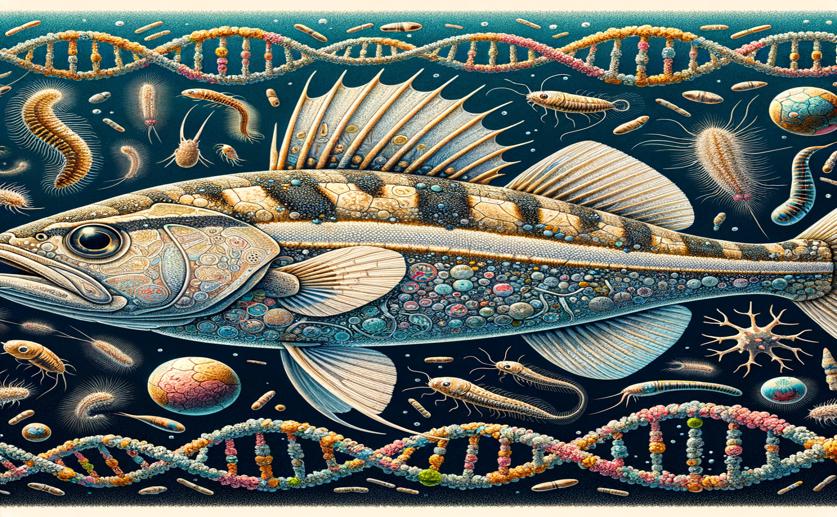
Exploring the Variety of Parasites and Genes in Big-Scale Sand Smelt Fish
Jenn Hoskins
7th March, 2024

Image Source: Natural Science News, 2024
Key Findings
- In Ukraine, sand smelt fish have fewer parasites in new river habitats than in their native Black Sea
- The fish's parasite types are influenced by environmental factors like water type and prey
- Genetic tests show the fish maintain connections between sea and river populations
References
Main Study
1) Parasite and genetic diversity of big-scale sand smelt (Atherina boyeri Risso, 1810) populations in their natural and expansion ranges in Ukraine.
Published 6th March, 2024
https://doi.org/10.1007/s00436-024-08174-5
Related Studies
2) Gyrodactylus ginestrae n. sp. (Monogenea: Gyrodactylidae), a parasite of the big-scale sand smelt, Atherina boyeri Risso, 1810 (Actinopterygii: Atherinidae) from the Black Sea.
3) The taxonomic and phylogenetic status of digeneans from the genus Timoniella (Digenea: Cryptogonimidae) in the Black and Baltic seas.
4) What we still don't know about invasion genetics.



 2nd March, 2024 | Greg Howard
2nd March, 2024 | Greg Howard